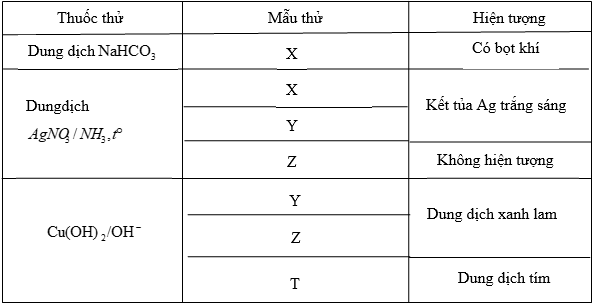Read the following passage and mark the letter A, B, C, or D on your answer sheet to indicate the correct answer to each of the questions:
Simply being bilingual doesn’t qualify someone to interpret. Interpreting is not only a mechanical process of converting one sentence in language A into the same sentence in language B. Rather, it’s a complex art in which thoughts and idioms that have no obvious counterparts from tongue to tongue or words that have several meanings must be quickly transformed in such a way that the message is clearly and accurately expressed to the listener. At one international conference, an American speaker said, “You can’t make a silk purse out of a sows ear”, which meant nothing to the Spanish audience. The interpretation was, “A monkey in a silk dress is still a monkey” -an idiom the Spanish understood and that expressed the same idea. There are 2 kinds of interpreters, simultaneous and consecutive. The former, sitting in a separated booth, usually at a large multilingual conference, speaks to listeners wearing headphones, interpreting what a foreign language speaker says actually a sentence behind. Consecutive interpreters are the ones most international negotiations use. They are employed for smaller meetings without sound booths and headphones. Consecutive interpretation also requires two-person teams. A foreign speaker says his piece while the interpreter, using a special shorthand, takes notes and during a pause, tells the client what was said.
Question 47: Which of the following would a consecutive interpreter be used for?
A: A large meeting of many nations
B: A translation of a foreign book
C: A business transaction between 2 foreign speakers
D: An interpretation of a major literary work
Đáp án C
Điều nào sau đây là một thông dịch viên liên tiếp sẽ được sử dụng cho?
A. Một cuộc họp lớn của nhiều quốc gia.
B. Một bản dịch của một cuốn sách nước ngoài.
C. Một giao dịch kinh doanh giữa 2 người nước ngoài.
D. Một cách dich thuật của một tác phẩm văn học lớn.
Dẫn chứng: A foreign speaker says his piece while the interpreter, using a special shorthand, takes notes and during a pause, tells the client what was said.

 Các chất X, Y, Z, T lần lượt là:
Các chất X, Y, Z, T lần lượt là: